Ever tried to stream Netflix on the MRT, only for the hotspot to die just before Raffles Place? Or maybe you’re stuck in a cafe trying to get some work done, but the Wi-Fi keeps cutting out? Yeah, we’ve all been there.
Whether it’s for work, travel, or just streaming while on the go, a reliable pocket Wi-Fi device can save you from those moments of internet desperation. But how do you pick the best one, especially with so many options in the market?
No worries—I’ve rounded up the 9 best pocket Wi-Fi devices in Singapore for 2025. Let’s dive in and figure out which one fits your needs the best.

Editor
Lloyd Kelly Miralles's Profile chevron_right

Expert
Adrian Lee chevron_right
Table of Contents
Quick Comparison of the Top 9 Pocket Wi-Fi Devices
|
Product Name |
Product Image |
Approx Price (SGD) |
Where To Buy |
Wi-Fi Type |
Battery Life |
|
Prolink DL-7203E |
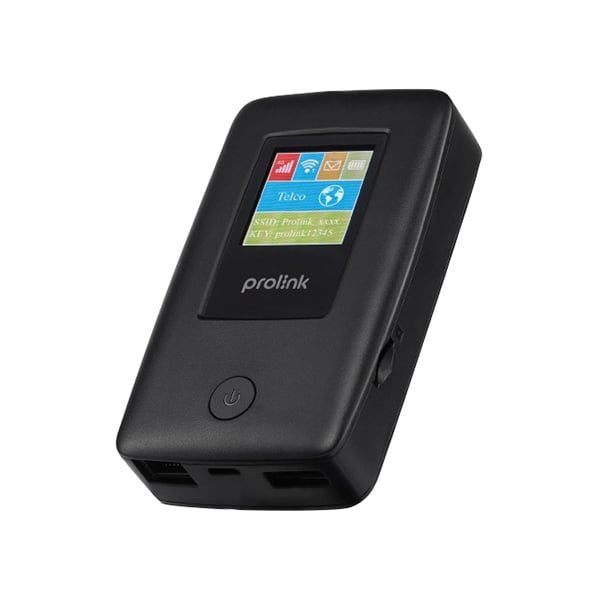 |
100 – 120 |
4G LTE |
Up to 6 hours |
|
|
Prolink Travel Router - PRT7011L |
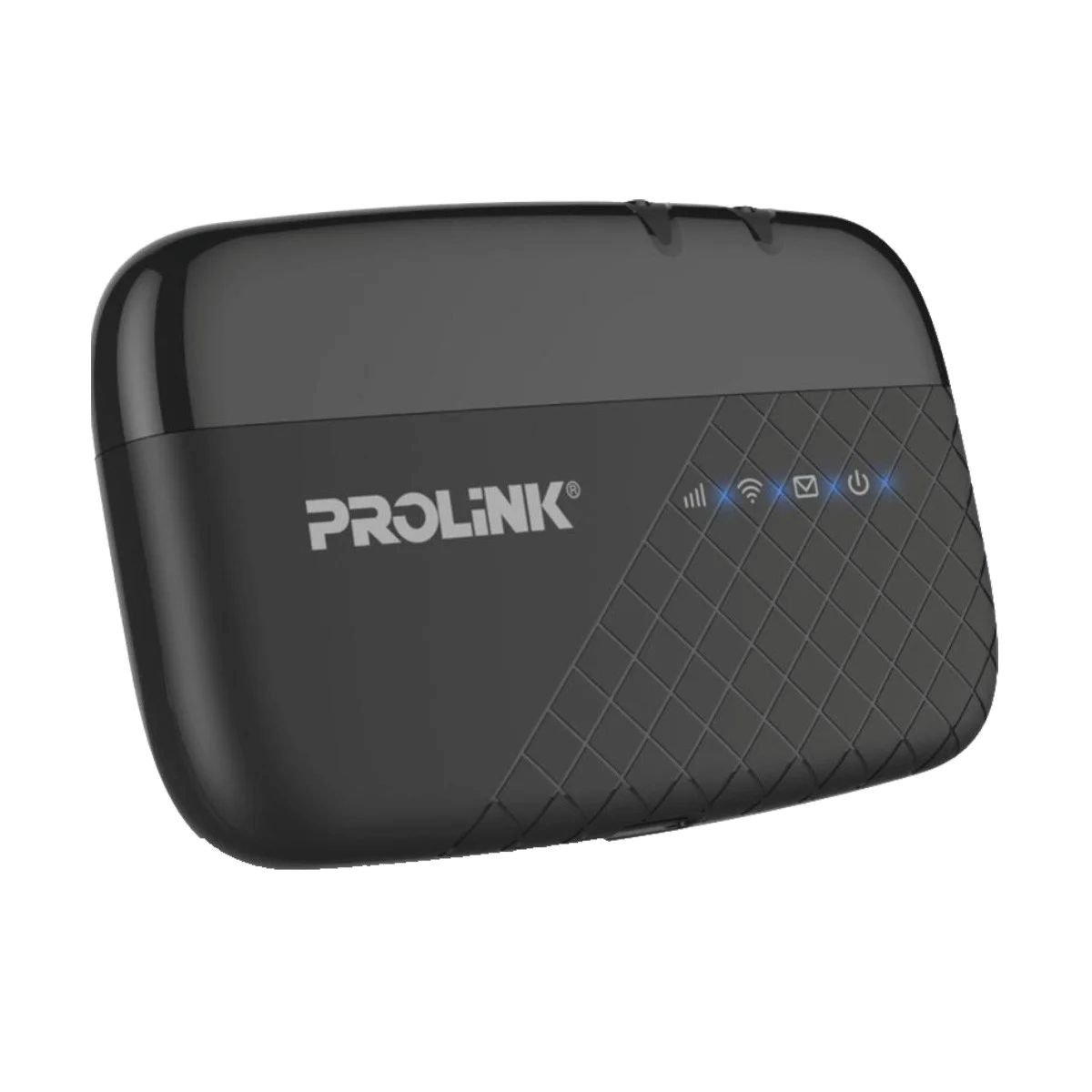 |
120 – 150 |
4G LTE |
Up to 10 hours |
|
|
D-Link DWR-933M |
 |
160 – 190 |
4G LTE Advanced |
Up to 8 hours |
|
|
TP-Link Mini Size USB 2in1 |
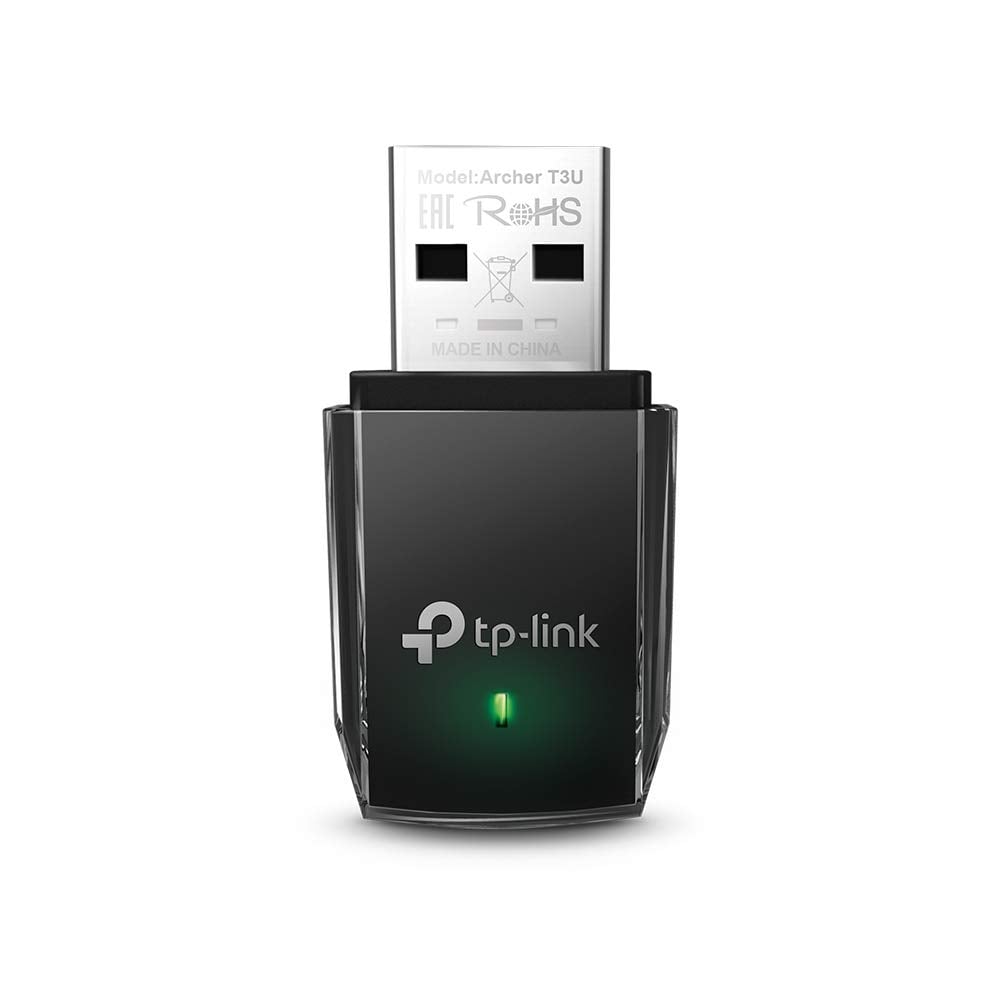 |
80 – 100 |
4G LTE |
Up to 5 hours |
|
|
D-Link DWR-900V |
 |
250 – 300 |
5G |
Up to 12 hours |
|
|
NETGEAR Nighthawk (MR6550) M6 Pro 5G |
 |
600 – 700 |
5G, Wi-Fi 6E |
Up to 13 hours |
|
|
TP-LINK M7350 |
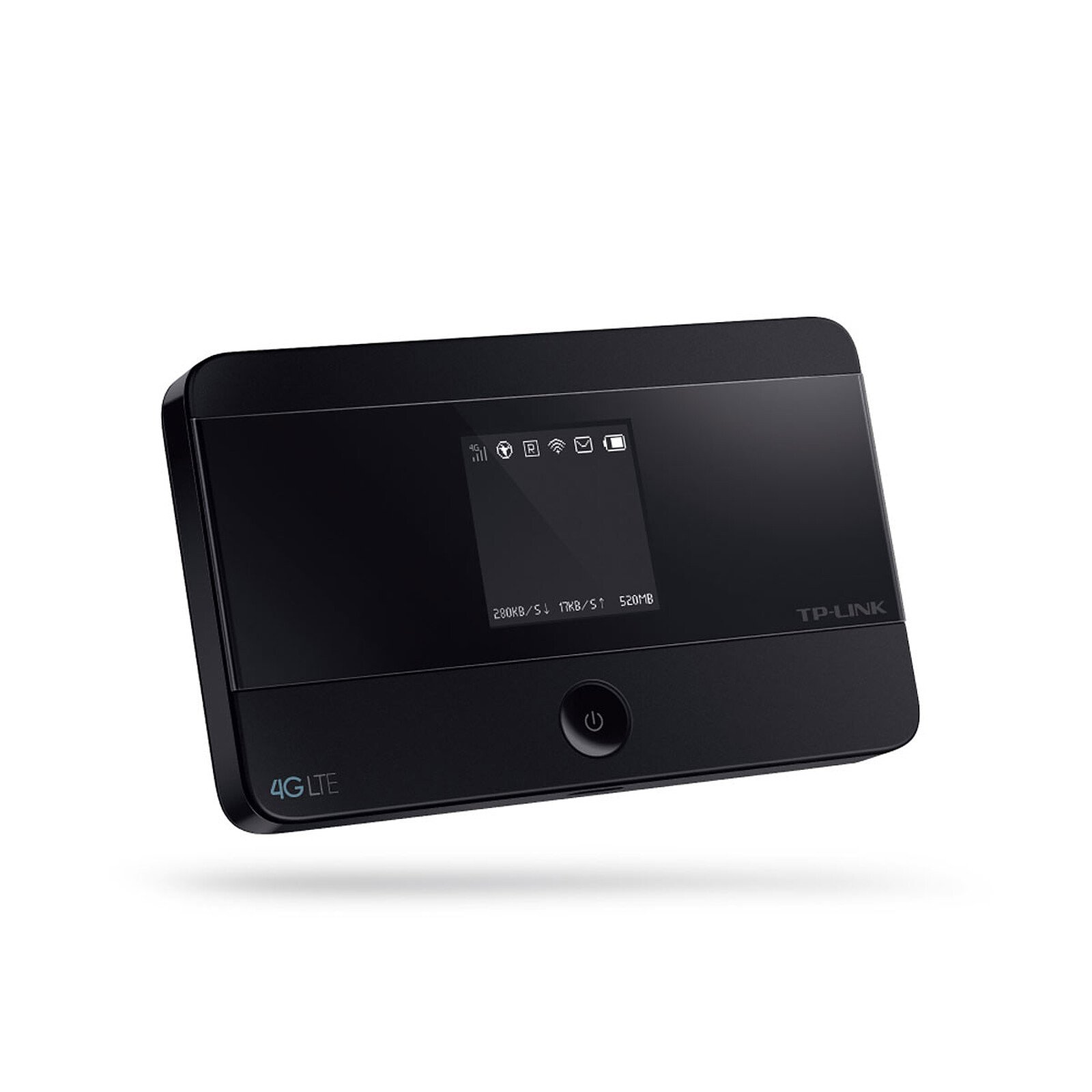 |
100 – 130 |
4G LTE |
Up to 8 hours |
|
|
D-Link DWR-U2000 |
 |
350 – 400 |
5G |
Up to 12 hours |
|
|
D-Link DWR-940M |
 |
90 – 110 |
4G LTE |
Up to 8 hours |
Buying Guide: What to Look For in a Pocket Wi-Fi in Singapore
Network Compatibility

Make sure your device supports Singtel, StarHub, M1, and TPG’s network bands, including 4G and 5G support. Some devices also offer eSIM compatibility.
Battery Life

For commuters or Grab drivers, long battery life is a must. Look for devices with 8 hours or more.
Max Device Support

Think about your needs—do you just need it for yourself, or are you connecting multiple devices?
Portability

Compact devices are ideal if you’re always on the move. Check if it fits in your pocket, or at least in a small bag.
Frequently Asked Questions answered by the ProductNation team
Can’t I just tether my phone?

Yes, but the phone’s battery overheats, drains faster, and its internal antenna is weaker than a dedicated hotspot.
Do these work when I cross to JB?

Yes. All ten models cover Malaysia’s 4G bands, and the 5G units handle n78 which DNB uses for its 5G network.
What about eSIM data packs?

Right now only the pricey Netgear M5 (and a few GlocalMe models not in this list) handle eSIM. IMDA’s new spec is expected to push eSIM support wider next year.
Can I leave a 5G hotspot plugged in at home?
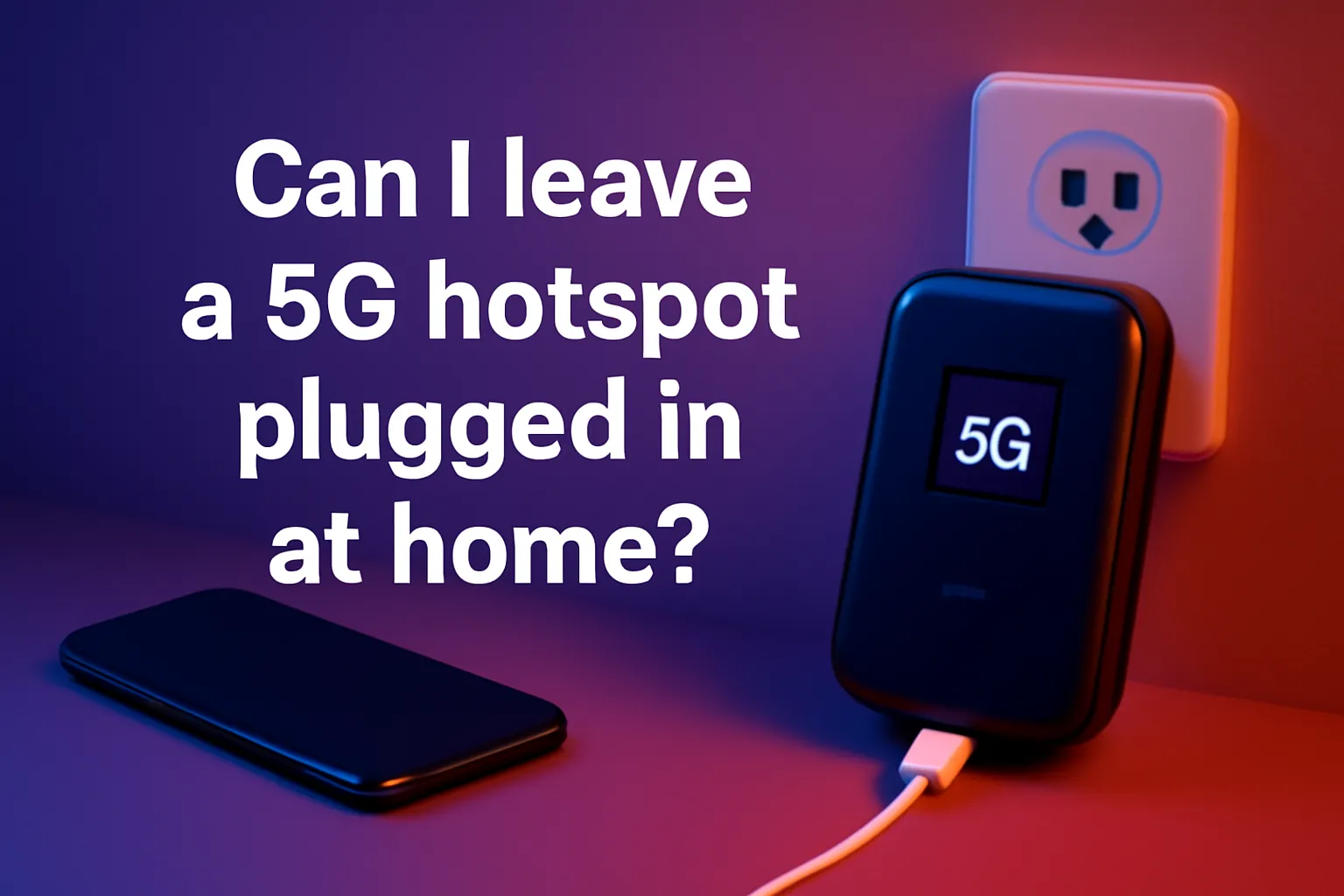
Units with Ethernet such as the Netgear M5 and ZTE MF286 can back up fibre broadband. Expect slightly higher latency than wired fibre.
Will any of these talk to Wi‑Fi 7 clients?

Not yet. Portable routers top out at Wi‑Fi 6 today. Wi‑Fi 7 requires more RF chains and power than pocket devices can currently offer.
9 Best Pocket Wifis in Singapore 2025 - Top Brands

Adrian Lee
From my experience as a videographer and tech enthusiast, portable WiFi is more stable than public WiFi (like in cafés or hotels) and much safer because you’re using your own network. But for heavy tasks like live streaming or uploading large video files, you need to ensure your data speed is fast and your plan has enough bandwidth.
So, is it reliable? Most of the time, yes! But always check your SIM provider's coverage before relying on it 100%

Mini Verdict
If you’re looking for a basic, no-frills pocket Wi-Fi device, this one’s perfect. It’s reliable, affordable, and gets the job done without all the fancy extras. What sets it apart? Simple, compact, and affordable. Great for occasional use during MRT commutes or quick trips.
Key Features:
- Network: 4G LTE
- Battery Life: Up to 6 hours
- Device Limit: 10 devices
- Display: No screen (status indicator lights)
- SIM Type: Standard SIM
Why We Recommend It
It’s the go-to option for light users who don’t want to pay extra for features they won’t use. Perfect for checking emails or using Google Maps during your lunch break.
User Tip
Pair it with a SIM-only plan from TPG for cheap data bursts. It’s affordable, and you won’t need to worry about expensive mobile plans.

Mini Verdict
This little gadget gives you more than just a hotspot—it’s a travel router that’s perfect for connecting multiple devices, especially if you’re on a business trip or in a hotel with spotty Wi-Fi.
Key Features:
- Network: 4G LTE
- Battery Life: Up to 10 hours
- Device Limit: 10 devices
- Display: Basic status indicators
- SIM Type: Standard SIM
Why We Recommend It
Whether you’re working in a cafe or traveling overseas, the Prolink Travel Router makes sure you’re always connected.
User Tip
If you travel often, get a good international SIM card so you don’t pay extra roaming charges.

Mini Verdict
With support for 4G+ speeds, this router provides faster, more stable connections, making it ideal for those who work from home and need a stronger connection.
Key Features:
- Network: 4G LTE Advanced
- Battery Life: Up to 8 hours
- Device Limit: 20 devices
- Display: LCD screen
- SIM Type: Standard SIM
Why We Recommend It
If you need something with better speed for streaming or online meetings, the D-Link DWR-933M can handle that, no problem.
User Tip
Don’t forget to get a good data plan with enough data to support multiple devices, especially if you’re running video calls and streaming music at the same time.

Mini Verdict
The TP-Link mini design packs a punch in a tiny package. Perfect for throwing into a tote bag or your back pocket without taking up much space.
Key Features:
- Network: 4G LTE
- Battery Life: Up to 5 hours
- Device Limit: 10 devices
- Display: No display
- SIM Type: Standard SIM
Why We Recommend It
A small yet mighty option for users who are always on the move—perfect for the MRT-heavy commute or those working from cafes.
User Tip
Pair this with a prepaid SIM card for a convenient and budget-friendly solution for short trips.

Mini Verdict
Ready for the future, this 5G mobile router is perfect for users who want blazing-fast speeds and are ready to switch to 5G coverage.
Key Features:
- Network: 5G
- Battery Life: Up to 12 hours
- Device Limit: 20 devices
- Display: LCD screen
- SIM Type: Nano SIM
Why We Recommend It
Perfect for users who need ultra-fast data speeds—whether you’re working from home, gaming, or doing something data-heavy like editing videos.
User Tip
Make sure you’re in a 5G coverage area (like CBD or the upcoming 5G network spots) to get the full speed benefits.

Mini Verdict
The Nighthawk M6 Pro is a powerhouse. It combines 5G with Wi-Fi 6E, giving you the latest and fastest tech for your portable hotspot needs.
Key Features:
- Network: 5G, Wi-Fi 6E
- Battery Life: Up to 13 hours
- Device Limit: 32 devices
- Display: Touchscreen
- SIM Type: Nano SIM
Why We Recommend It
If you want the best of the best for your business needs or if you’re a content creator on the go, this router can handle it all without a hiccup.
User Tip
Pair it with a generous data plan to fully utilise 5G speeds for uninterrupted productivity.

Mini Verdict
The TP-LINK M7350 strikes a balance between affordability and functionality. It’s perfect for users who need a reliable, basic 4G hotspot without the premium price.
Key Features:
- Network: 4G LTE
- Battery Life: Up to 8 hours
- Device Limit: 10 devices
- Display: LCD screen
- SIM Type: Micro SIM
Why We Recommend It
Good enough for everyday tasks like browsing and streaming, but not for heavy-duty use. Great for commuting and short trips.
User Tip
Opt for a local SIM plan for easy data access when you need it.

Mini Verdict
With its support for 5G, the D-Link DWR-U2000 is ready for high-speed work-from-home setups, gaming, and streaming without hiccups.
Key Features:
- Network: 5G
- Battery Life: Up to 12 hours
- Device Limit: 20 devices
- Display: LCD screen
- SIM Type: Nano SIM
Why We Recommend It
When you need speed and reliability for work or streaming, this router won’t disappoint.
User Tip
Great for co-working spaces or when you need to set up Wi-Fi for events or gatherings.

Mini Verdict
If you don’t need the latest 5G but still want solid 4G speeds, this budget option will do the trick. It’s simple, functional, and works well in Singapore’s city areas.
Key Features:
- Network: 4G LTE
- Battery Life: Up to 8 hours
- Device Limit: 10 devices
- Display: LED indicators
- SIM Type: Nano SIM
Why We Recommend It
Perfect for day-to-day use—check your emails, stream a bit of YouTube, and get your work done without interruptions.
User Tip
Consider pairing it with a data plan that offers high-speed 4G without the hefty 5G price tag.

Adrian Lee
Portable WiFi shiok lah, super useful if you always need internet on the go, whether for work, travel, or content creation. Way better than public WiFi, which is slow and risky—at least with your own device, no need to worry about kena hacked. If your SIM card got good network coverage, the speed quite solid, good enough for file transfers, live streaming, and Zoom calls. Plus, won’t suck your phone battery like hotspot does, and can connect multiple devices at the same time. But of course, if you in ulu place with weak signal, speed sure affected one. Overall, if you need steady, secure, and portable internet, confirm worth getting!
Conclusion
Have you field‑tested one of these pocket routers in the heat of a National Day crowd? Until then, may your packets be fast, your videos buffer‑free, and your battery icon eternally green



Adrian Lee
Portable WiFi is very important for me lah, especially as a videographer and tech guy. When I’m out shooting or editing on the go, I cannot rely on public WiFi—too slow and risky. Need stable internet for fast file transfers, live streaming, and working remotely without headache. Plus, I always got multiple devices—laptop, phone, camera—all need to stay connected.